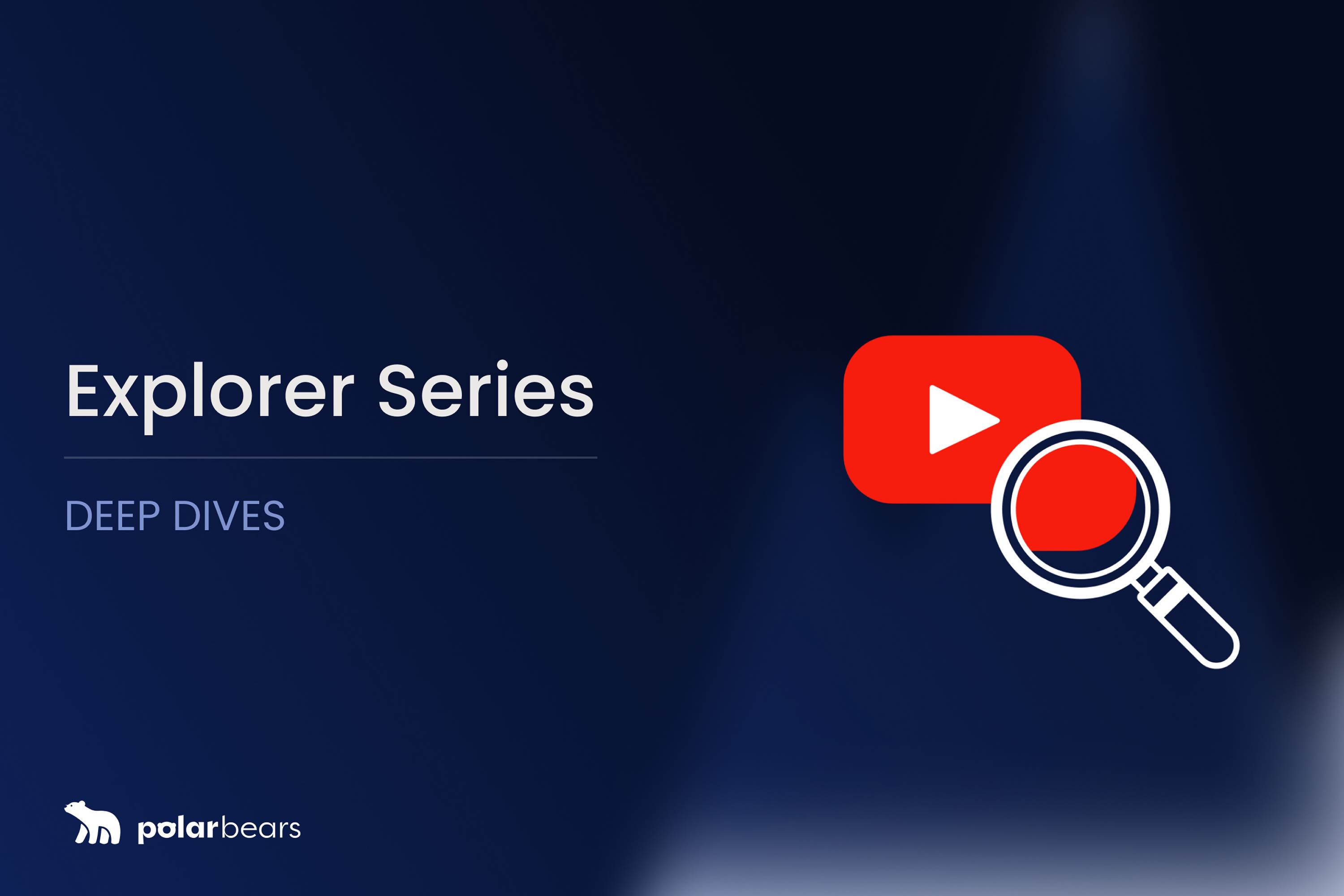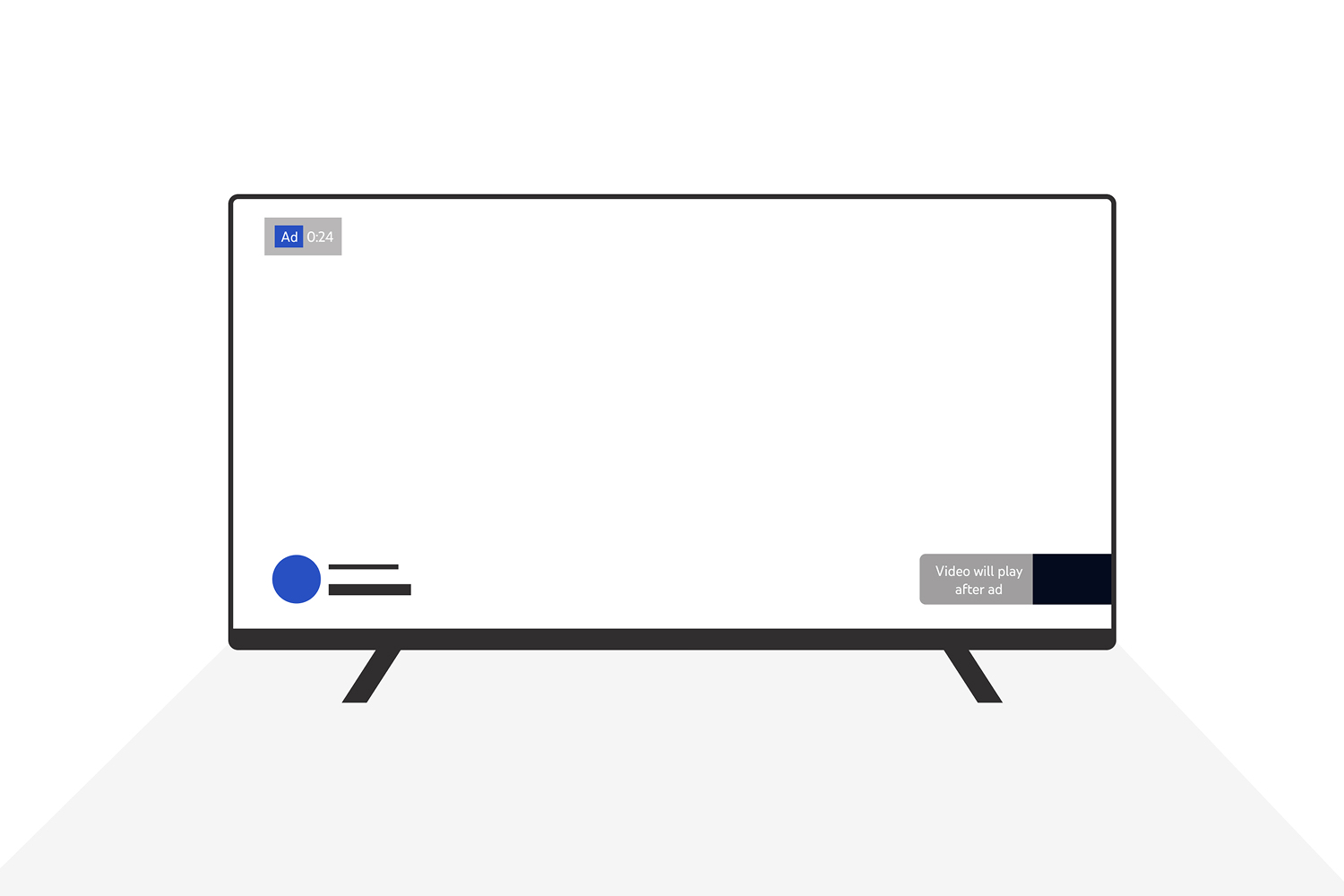The Polar Report #3

A curated view of what’s happening in the world of Digital Monetisation, Audience Development, and Measurement.
This week we explore changes to YouTube’s dislike button, how Patreon could compete with YouTube, Nielsen’s new commercial metrics, and more!
Monetisation
Patreon believes it can challenge YouTube's dominance
For eight years Patreon has served as a platform on which content creators can subsidise their revenue. Now, by offering video hosting, they are challenging the assumption that YouTube will be the automatic host for video creators.
The idea that YouTube creators will move to Patreon all comes down to one thing: opportunity. For example, imagine you are a startup confectionary company and you want to generate sales. You have the option of setting up a direct-to-consumer online store, i.e. Patreon. Alternatively, you can put your product on a supermarket shelf where there are millions of consumers, i.e. YouTube.
The reality is the two options are both viable revenue streams, but we don't believe they are there to compete. Micro-audience monetisation has always been a way of engaging superfans, as we've seen BrewDog intelligently apply to their Equity For Punks offering. However, it doesn't stop BrewDog doing a deal with Tesco to capture new audiences and give greater accessibility to its current fans.
Creators are not too dissimilar from consumer products in this way; In order to grow and sustain a fanbase you have to make your product accessible. YouTube creators make the majority of their revenue from branded content deals which rely on the scale YouTube's platform provides. YouTube also provides tools to bring new audiences into channels quickly to service the minimum guarantees creators give brands.
In order for Patreon to truly compete with YouTube, they would first need to widen the company’s digital footprint through, for example, VOD and TV apps. Secondly, they should be considering a hybrid financial model like what Hulu has achieved under their some or no ads model. Finally, converting audiences that pay with their time (AVOD) into monthly subscribers (SVOD), will require them to attract a significant number of similar creators so users can curate their direct payment models.
📖 Full article on Quartz
The programmatic ad struggle with podcasts
The popularity of podcasts is expanding rapidly, up 17% from 2020, and “podcast ad revenue is expected to reach over $1 billion this year,” as reported in this Digiday article.
Yet there are factors at play that make it difficult for podcast advertising to really take off. Less than 5% of podcast ad revenue comes from programmatic advertising, with many podcast hosts preferring to read advertisements themselves.
The article focuses on the issues of programmatic access, but as with many content creators, podcast revenue mostly comes from partnership integration or direct sponsorship opportunities. It’s more of an agency problem that wants to automate much of the buying process and for good reasons.
We’d like to see greater investment in tools that enable the content creators to sell more structured ad opportunities around audio content, much like how YouTube enables direct reservation ads for large publishers alongside programmatic advertising revenue. This benefits both the platform and the content creator long-term.
Programmatic is taking on many shapes as technology and integrations improve, but we’re not entirely sold on whether podcasts, which are a predominantly offline consumption experience, have the capability to scale a largely online programmatic product.
📖 Full article on Digiday
Audience Development
Vox Media and Brat TV coming to YouTube TV
YouTube is seemingly pushing to grow its TV offerings by acquiring a number of mid-sized TV outlets, according to this Forbes article.
Recently there has been a steady migration of social publishers tapping into the growing demand for AVOD Linear. Samsung has been leading the initiatives in the UK with its TV Plus offering, smartly acquiring digital publishers like VEVO and pocket.watch, both with heritage on YouTube.
YouTube’s move to bring partners into their own OTT offering is smart and strategic for all parties involved.
For YouTube: It’s another step in the right direction for securing TV dollars, by providing another valuable touchpoint on top of its already burgeoning CTV viewers.
For advertisers: It provides access to new content and audiences with all the security that a traditional TV buy provides, along with improved ability to target.
For media owners: It is another distribution channel and revenue stream.
The Forbes article touches on YouTube’s historical struggles to secure TV budgets but we don’t believe it’s been for a lack of quality content or advertising product recently. The problem has been one of trust, where traditional advertisers are still hesitant to rely on a platform that has had a troubled past with brand safety, but the reality is it’s nothing to do with trust. Media agencies are still resistant to buying YouTube as it’s far more difficult to negotiate terms with than traditional direct media owners.
📖 Full article on Forbes
Measurement
YouTube removes dislike button
YouTube has recently removed users’ ability to view the number of dislikes on a video, in a move that aims to protect creators from harassment. The dislike button remains however, and the dislike ratio will be available for creators to view, but the number will not be displayed publicly.
The dislike ratio on a video is a valuable metric for creators to gauge whether an audience enjoys their content, and YouTube hopes that by making this metric private, it will deter hate attacks that skew the metric. Ultimately, this move falls within the wider context of recent drives for enhanced mental health awareness.
However, there are concerns from audiences that this may lead to more targeted hate attacks, with determined users posting abuse in comments sections and on social media.
As for brands, the change is likely to be beneficial as they can protect their image from being tainted by unfavourable metrics displayed beneath their content.
Instagram applied a similar strategy by removing public visibility of engagements on posts which was less about harassment more of an A/B. They were looking to understand whether it would increase or decrease engagement with content, the theory being that if a user sees millions of likes, it could cause apathy to engage. Equally, a post with very few likes would expose users' opinions.
📖 Full article on Quartz
Nielsen introduces new commercial metrics for individual ads
Last week, measurement firm Nielsen announced plans to track metrics for individual ads on TV, as opposed to commercial minutes. This forms Nielsen’s response to changes within the industry, brought about by the rise of CTV.
Recently Nielsen has seen increased competition from networks that have been introducing their own means of measurement. Nielsen has forever been the leader in traditional linear TV measurement, but some of its technology has been overtaken by advanced TV buying mechanics. This is an interesting move born out of necessity as opposed to innovation.
Nielsen is facing heat from media owners and advertisers to keep up to speed with the new ways of consumption. It’s tricky for a hugely established company with entrenched functions to move quickly but this a great step in the right direction.
📖 Full article on Variety
New ways to measure CTV viewership
CTV provides far more detail about audiences and their viewership habits than linear TV, yet still there is much opportunity to be taken advantage of in order to utilise the data available.
A recent Digiday article highlights a number of new approaches to measurement, including incremental reach, co-viewing and new currencies.
No one buys ads to achieve impressions or reach. It’s more about how these metrics translate into proof points of shift in awareness, consideration or actual transactions. The CTV problem is not new but one that has laboured TV buying for years, often reverting to the statement of "TV just works".
It will come down to the value advertisers put against these "new currencies". Is 100 GRP more valuable than 1m WOW reactions on Facebook? Nobody really knows, but publishers will continue to find new ways to prove their media investment is more valuable than others.
📖 Full article on Digiday
If you liked that why not take a look
Ready to maximise your YouTube revenue?
Get in touch and let’s begin exploring your channel’s hidden potential.










